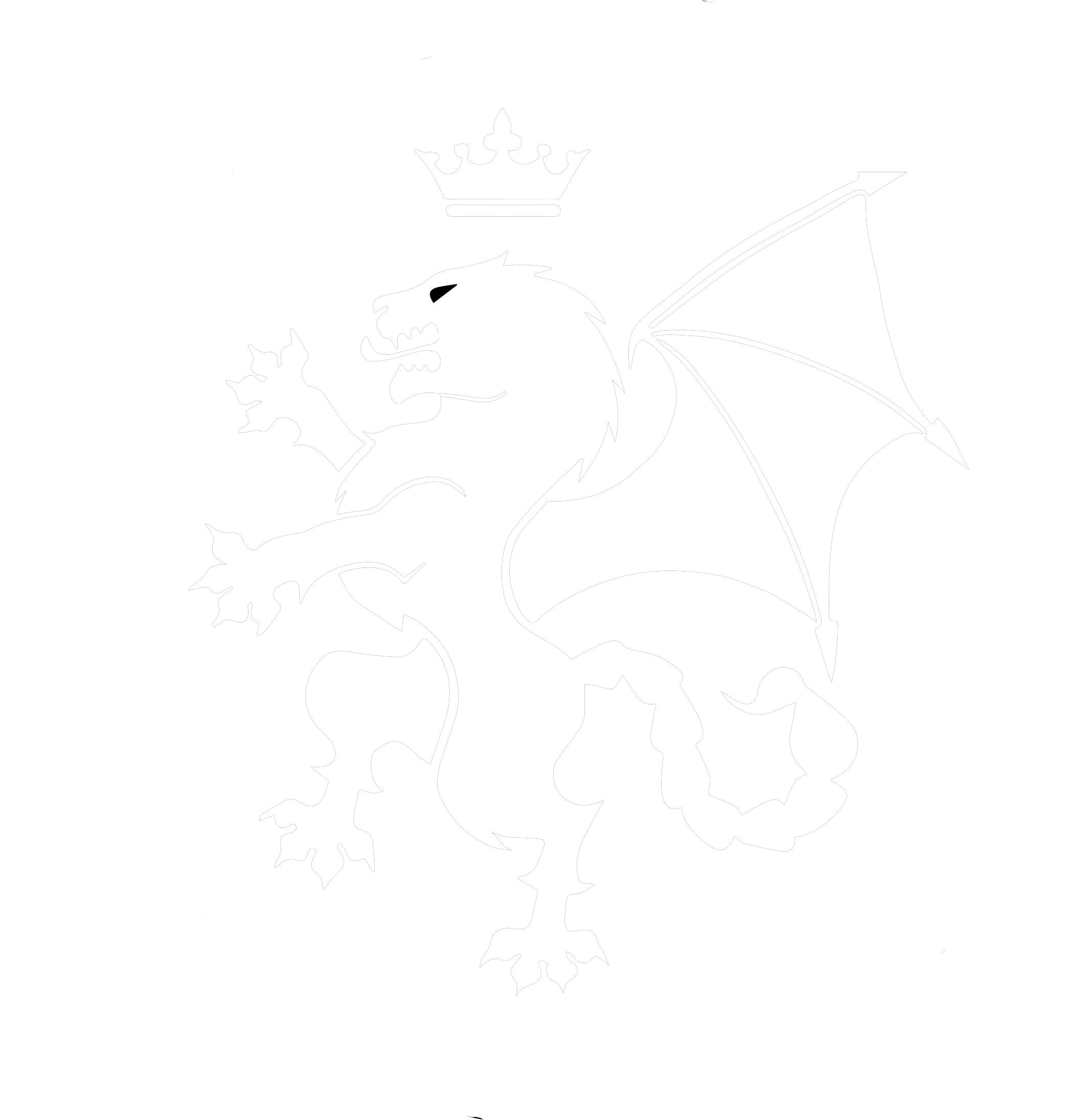Juleigh Howard-Hobson
Whether one practices Anglo-Saxon Heathenry, Odinism or Asatru, there are certain constants. One of the most constant constants is the use of an altar. An altar is a structure upon which offerings and blessings are made. It can be outside or indoors, of natural materials or not.
On this altar, there can be an Oath Ring, a Blessing Bowl, a drinking horn, a Mjolnr, statues of the Gods and Goddesses, colored candles, a blessed bottle of Mead, a bowl containing dirt from the Odal lands. These are not all necessarily present on every Heathen altar. Odinic altars must always contain an iron Oath Ring, for example, while Asatru altars may not. Most altars contain a combination of the above, with other seasonal additions such as evergreen branches, harvest loaves, etc. Even the word altar itself may or may not be used—instead the holy area may be referred to as a Horg, a Hearg, a Harrow, a Stalli or a Weofod. (For this essay, I will use the term altar.)
One item, however, must be found on every Heathen altar—whether inside or outdoors—in order to create and sustain the necessary holy space that the altar must occupy: the altar cloth.
While he did not make mention of the altars, the ancient Roman historian Tacitus wrote of divination being made upon white cloth when he described the rune castings of the Germanic tribes. This white cloth was used to create a magical holy field, a place where divine intervention could safely and wholly take place. This same concept is behind the altar cloth used today in Heathen circles.
An altar cloth is both simple and complex in nature, which is in keeping as it unites the divine with the mundane. More than the physical structure it is placed upon, it is the altar cloth that brings the sacred space into existence; the altar cloth is that which transforms the physical area it touches into the divine area through which we may commune with the Gods and Goddesses. As such, it is mobile— through its presence granting the same sacredness to a purposely designated wooden altar as to a tree stump—and yet inflexible, an altar cloth is sacred no matter where its use.
White is the typical color of an altar cloth, due to Tacitus’ influence no doubt, but any color may be used—indeed it is appropriate and right to use red cloth or designs for Thor Blots (rituals to the God Thor), blue for Odin, green for Frey and so on—so long as the cloth is made from natural materials such as linen (the most traditional), cotton, fine wool, hemp or even silk. Any size is appropriate, although a cloth cut to a 9 by 9 ratio will be that much more holy, by dint of incorporating the sacred number 9.
Reflecting its innate holy nature, an altar cloth must not be machine washed like other laundry, but carefully and thoughtfully hand-laundered and left to dry naturally. As well, the altar cloth should never be creased or wrinkled when laid out for holy use. When not in use, rather than folding it away, many Asatruar hang it (in fact, many Asatru Kindreds or Odinic Hearths –heathen groups that meet regularly for spiritual observances—sometimes use their kindred/hearth banners as altar cloths) or roll it around their drinking horn before putting horn and cloth away in a safe place.
The essence of the altar cloth is its holy ability to create a profound divine space within itself, a space that is able to make all that it interacts with profoundly divine as well. As thin as it is, and as little area as it contains, it is the sacred energy connection for all the magic of ritual, all the holiness of ceremony, all the meaning of why we gather at an altar at all. It is the veil between the worlds. Whether one practices Anglo-Saxon Heathenry, Odinism or Asatru, there are certain constants. One of the most constant constants is the use of an altar. An altar is a structure upon which offerings and blessings are made. It can be outside or indoors, of natural materials or not.

